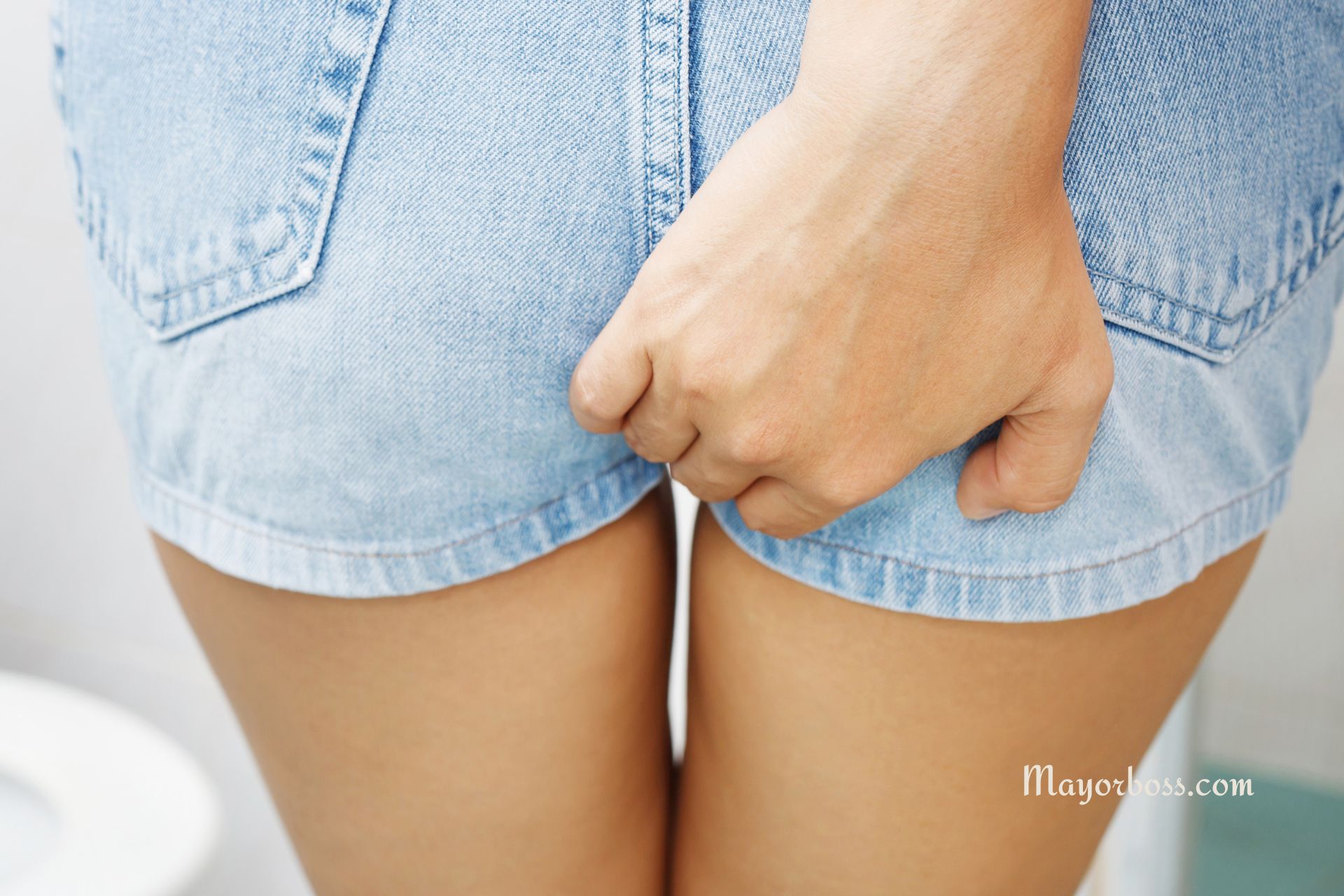Rectal Prolapse Symptoms: What to Look Out For
Rectal prolapse is a condition where the rectum (the last part of the large intestine before the anus) slips outside the anus. It can be uncomfortable and sometimes embarrassing, but knowing what to watch for can help you seek treatment early. Here, we’ll go through the main symptoms of rectal prolapse and explain why they happen. This way, you can be more informed and ready to discuss any concerns with a healthcare provider.

What is Rectal Prolapse?
Rectal prolapse occurs when the rectum turns itself inside out and protrudes through the anus. It can happen partially or completely and is more common in older adults, especially women, but it can occur in anyone.
Rectal Prolapse Symptoms
Protrusion of the Rectum
One of the most noticeable signs of rectal prolapse is seeing a red or pinkish bulge protruding from the anus, especially after a bowel movement. Initially, this bulge may retract on its own, but as the condition progresses, it might require manual assistance to go back in or might not go back in at all.
Discomfort and Pain
You may feel discomfort or pain in the rectal area, particularly when sitting or walking. This discomfort can range from a mild, nagging sensation to severe pain, depending on the extent of the prolapse and any accompanying conditions.
Difficulty with Bowel Movements
Having trouble during bowel movements is another common symptom. This includes constipation or the feeling that you can’t completely empty your bowels. You might also experience incontinence, where you lose control over your bowel movements.
Bleeding and Mucous Discharge
Seeing blood or mucus on toilet paper or in your underwear can be a sign of rectal prolapse. This happens because the exposed rectal tissue is delicate and can easily bleed or secrete mucus.
Feeling of a Bulge
You might feel like there’s a bulge or something coming out of your anus, especially after standing or sitting for long periods. This sensation is due to the rectal tissue protruding.
Why These Symptoms Happen
The symptoms of rectal prolapse occur because the rectum has slipped out of its normal position. When it protrudes through the anus, it can cause discomfort, disrupt normal bowel functions, and lead to bleeding and discharge due to irritation or damage to the tissue.
When to See a Doctor
It’s crucial to consult a healthcare provider if you experience any of these symptoms. Early diagnosis and treatment can actually prevent complications and improve quality of life. So, if you notice a protrusion, experience ongoing discomfort, or have changes in your bowel habits, don’t hesitate to seek medical advice.
Remember, rectal prolapse is treatable, and various options are available, ranging from lifestyle changes and pelvic floor exercises to surgical interventions in more severe cases.
FAQs
Can rectal prolapse go away on its own? No, rectal prolapse does not typically resolve without treatment. While lifestyle changes may help manage symptoms, medical or surgical treatment is often necessary to correct the condition.
Is rectal prolapse a sign of cancer? Rectal prolapse itself is not cancer. However, any changes in bowel habits, bleeding, or unexplained weight loss should always be evaluated by a healthcare provider to rule out other conditions, including cancer.
What lifestyle changes can help with rectal prolapse? Improving bowel habits can help manage rectal prolapse. This includes eating a high-fiber diet, staying hydrated, and avoiding straining during bowel movements. Pelvic floor exercises may also strengthen the muscles around the rectum and anus, helping to improve symptoms.
